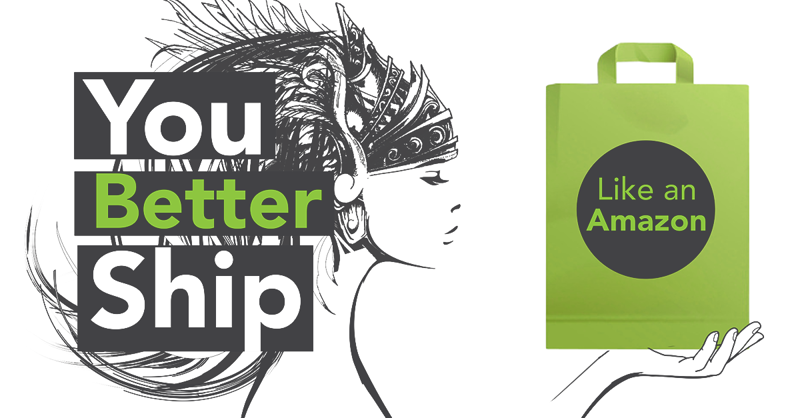It seems that every online retailer is chasing Amazon, or rather, is being chased by Amazon. And they are not alone. Whether you are a retailer, carrier, cloud services provider, or eCommerce merchant, Amazon is after your margins even at the expense of its own.
Amazon Prime, a now 12-year-old program, changed retail with the promise of free two-day delivery. Even now, most e-tailers are still scrambling to offer fast, free shipping to simply keep up with Amazon’s service levels. At the same time, the company has plans to build out its program. Greg Greely, VP of Amazon Prime, states, “We are continually investing in Prime, adding more selection and making delivery faster and more convenient.”
Amazon’s investments include:
- USPS Partnership: Amazon has partnered with the U.S. Postal Service to make last-mile deliveries seven days a week, including Sundays.
- Same-Day Delivery: In almost 30 metropolitan areas, Amazon is offering same-day delivery for about 1 million of its products.
- Technology: Amazon continues to test the use of drones to deliver packages. The goal is to be able to deliver to customers in certain areas within 30 minutes of clicking the “Order Now” button. Of course, it has significant FAA hurdles to overcome, but Amazon is not known for shrinking from a challenge.
- Flex: Amazon Flex was launched to make deliveries of common household items even faster with contract drivers.
The Price of Fast Delivery
Delivering all these packages so quickly comes with a hefty price tag. Thanks largely to Amazon Prime and its offer of free two-day delivery, the company realizes a loss on the cost of shipping for most orders. The amount that Amazon lost on shipping in 2016 was about $7.2 billion, according to Geek Wire’s analysis of its SEC filings. As the company continues to grow and offer more items via expedited shipping, however, this discrepancy will likely grow, costing the company even more money.
To reduce shipping costs, Amazon has taken on greater control of its logistics and supply chain. According to Citigroup Inc, Amazon could save $1.1 billion every year if it stopped using major carriers UPS and FedEx. Many speculate that the company may not be content to offset its shipping expenses but may instead be building out its shipping network to compete in the delivery services market as well.
Expansion
Even with the loss on shipping, the company’s profit of $2.4 billion in 2016 was largely due to the significant sales of Amazon Web Services. This puts the e-tailer in a good position to expand the brand even further. The acquisition of Whole Foods appears to be a good fit to increase Amazon’s share in the fresh food market. There are rumors that Kohl’s, Target, and Costco are all in Amazon’s crosshairs, which would give them a significant ship-from-store local delivery advantage.
The Last Mile
The last mile of delivery, which is the final and most expensive segment of a parcel’s journey from the warehouse to the customer’s door, will become increasingly important for retailers competing with Amazon. Target, for example, recently acquired Shipt, a same-day delivery service that will allow them to compete with Amazon Prime. Target plans to have the service available nationwide by the end of 2018 for a price of $99 a year to consumers.
There is no doubt, however, that other online and brick-and-mortar retailers will need to get creative to keep up with Amazon – while at the same time being mindful of their margins. It’s much easier said than done, but anyone who wants to not only survive but thrive will need to think and act like an Amazon.
